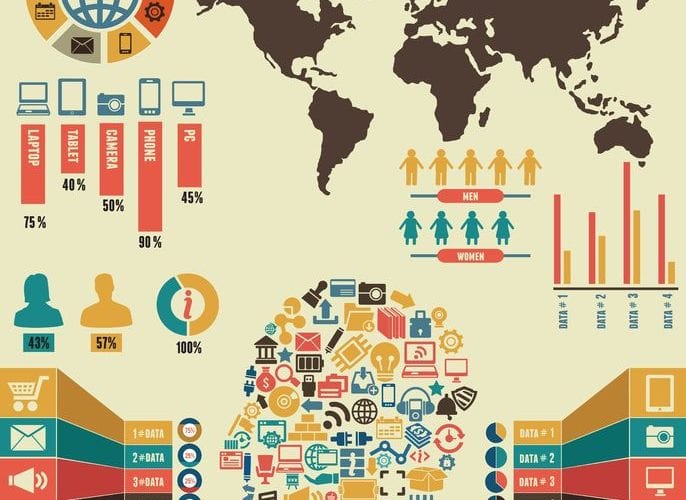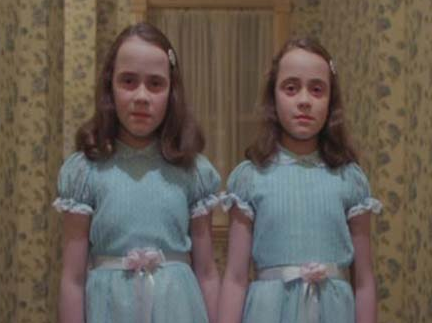Can We Really Share Visual Content on Multiple Networks

Visual content is expected to explode in the year 2015.
From using visual images to promote a company’s products and services to posting visual content on a landing page, there are many ways and reasons to use visual content on a website.
However, for those who are concerned about visual content’s overall place regarding social media sharing, there are numerous factors to consider, many of which relate to the fact that many professionals feel visual content should not be shared on multiple social media networks.
Small Variations in Visual Content can make it Distinctive
One reason for dismissing this argument involves applying changes to make the material more distinctive.
There are numerous tools available online that can assist a brand with making small variations of their visual content, transforming it to appear as different visual content altogether.
For instance, using online tools, such as Canva or Picmonkey, content creators can change background colors or fonts to make the work appear different when it is displayed on a separate social media network.
In some cases, content creators may decide to use different fonts or font sizes. Changing the background image can also help with generating distinctive visual content for each social media network.
Separate Audiences and the Potential for Overlap is Small
In addition to making small variations on different social networks, it is also important to note that audiences viewing the content will also vary greatly from one social media network to another.
Although there may be some overlap in viewership, the audience majority will be seeing the visual content for the first time.
Different social media networks attract varying audiences based on the overall appeal of the social media network itself.
While LinkedIn or Twitter may attract more business-minded audiences, Pinterest and Google+ will probably attract an audience that is more interested in increased visual content.
Using Similar Visuals to Deliver Distinctive Messages
 One of the more common problems with visual content in the past was that the messages delivered on multiple social media networks were identical or very similar.
One of the more common problems with visual content in the past was that the messages delivered on multiple social media networks were identical or very similar.
Therefore, the terms that many professionals use in the content industry includes rehashed materials which already exist on multiple websites.
Similar images can support different messages. Tailored text on each separate social media network can make a major difference in conveying your message.
Brands can tailor business-related messages to one social media network and more casual messages to other social media networks.
It is important to remember that the visual supports the message that the content creators want to deliver, and does not have to carry the message itself.
Therefore, crafting the text around the image will allow you to use similar visuals on separate social media networks.
Spreading the Distribution on Different Days
Some people may log in to a specific network at different times of the day, which reduces the chances of the same people seeing the same visuals.
Therefore, the problems that people expect should be minimal at best.
Instead, the potential for repeat views decreases based on the situation and the circumstances.
In this case, it is even advisable to share visual content using the same message on the social media network several times to serve both morning and evening audience.
This approach also works for people who visit the social media networks during the work week vs. weekend audiences.
Is the same Visual Content Really a Bad thing?
 While some people may think that seeing the same visual is “bad,” this is not always true, specifically when the information is shown on a wide variety of sites.
While some people may think that seeing the same visual is “bad,” this is not always true, specifically when the information is shown on a wide variety of sites.
Thus, the duplication and multiple displays can further support a project, a brand’s initiatives, an organization’s mission, or simply an ad that the company wants to promote over and over again.
With visual content playing a more significant role in the year 2015, there is a major shift in how social media networks will be impacted.
Make Visual Content a Component of Your Social Media Strategy
Though one of the biggest concerns for the future includes visual content and social media sharing, there are some factors that negate this overall argument.
Generating visual content is one of the most notable B2B marketing trends. Producing the same visual content with modifications takes time, small variations in the content can make it distinctive, separate audiences and the potential for overlap are small, and visual content duplication may not be negative due to its advertising potential.
Image attribution: Copyright: ‘http://www.123rf.com/profile_enotmaks‘ / 123RF Stock Photo
http://yourguerrillamarketer.com/social-media-networking-small-business-part-2-target-audience/
http://resnapshot.vht.com/the-haunting-tales-of-duplicate-content/
Ron Sela
Latest posts by Ron Sela (see all)
- How Intent Can Be Your Secret Weapon as a Content Marketer - November 13, 2016
- What No One Tells You About Account Based Marketing - January 7, 2016
- Your Recipe For A Successful Social Media Strategy - December 3, 2015

